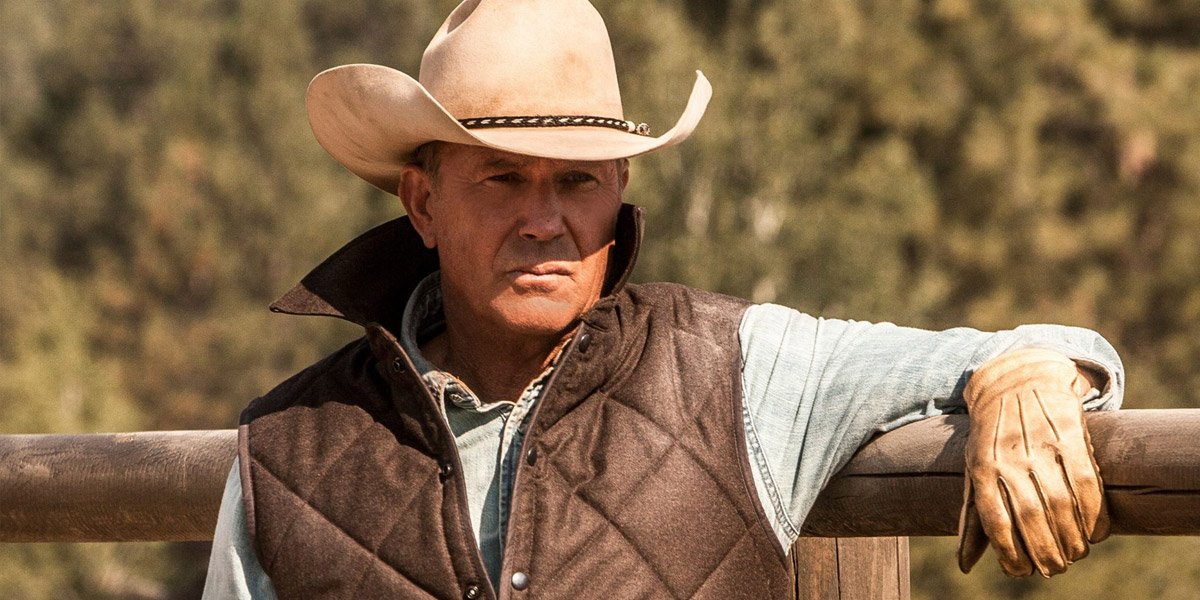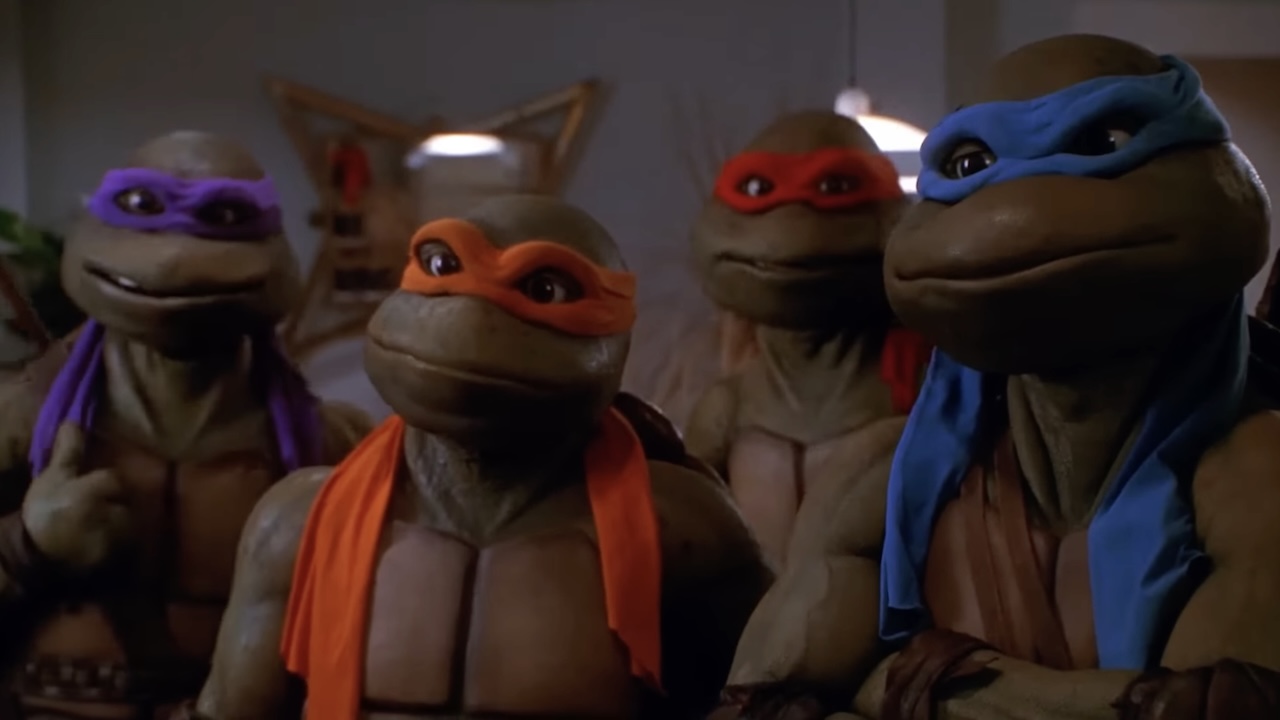Field Of Dreams Behind-The-Scenes Facts: 10 Things To Know About The Baseball Movie
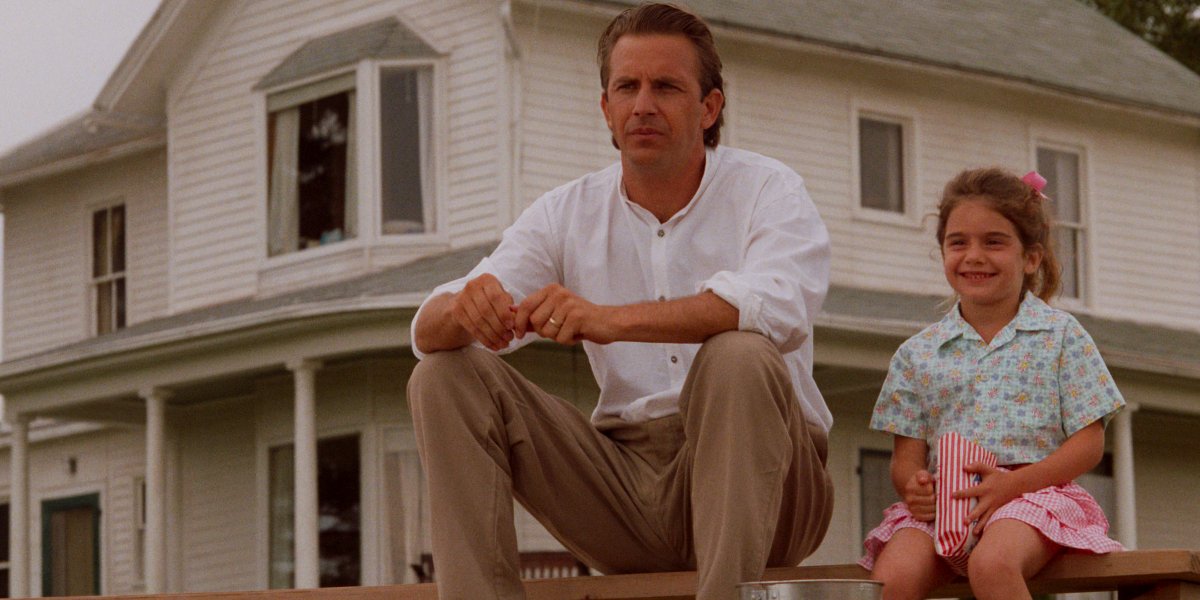
For as long as I can remember, Field of Dreams has been one of my favorite movies, one that leaves me overcome with emotion and a desire to call my dad. The 1989 supernatural baseball movie starring Kevin Costner as an Iowa farmer who plows half of his cornfield and risks his family's well-being in order to the meet his father’s hero — Shoeless Joe Jackson — is one that I often revisit each spring, digging through countless behind the scenes facts (once the tears dry up and that lump in my throat goes away) about how it all came together.
Just like the story told in the movie, the journey of Field of Dreams from a beloved novel from W.P. Kinsella to a timeless baseball classic of the silver screen is just as remarkable and bursting at the seams with wonder, emotion, and a desire to follow one’s dreams and achieve the impossible, no matter what it takes. Below are some of my favorite behind-the-scenes facts from the making of Field of Dreams.
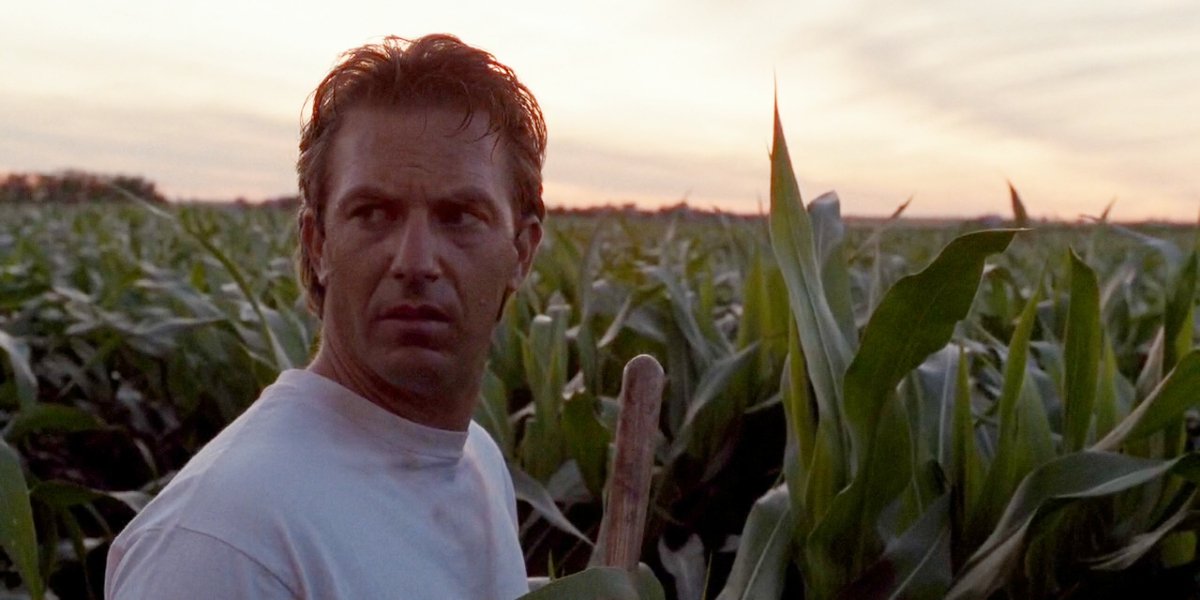
Kevin Costner Was The Initial Choice For Ray Kinsella But The Producers Were Told It Wouldn’t Work
It is hard to imagine anyone taking on the role of Ray Kinsella than Kevin Costner, and director Phil Alden Robinson and producers Lawrence and Charles Gordon knew that from the very beginning. There was a problem, however, as Coster had finished making another all-time great baseball movie, Bull Durham. In the From Father to Son documentary on the Field of Dreams home release, Robinson explained that after he and the Gordon brothers were told Costner probably wouldn’t be interested, they made a list of other actors. But when Costner found out about the movie, not only did he agree to join the cast, he pushed back an upcoming film shoot to make time for Field of Dreams.
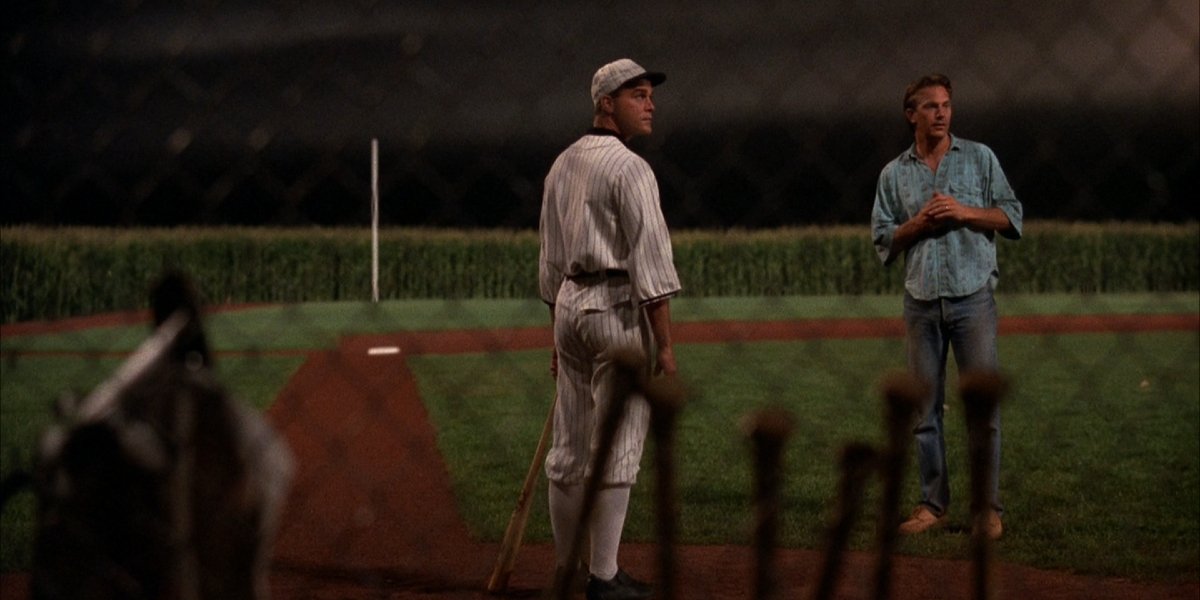
The Fog During Shoeless Joe Jackson’s First Visit Wasn’t A Special Effect
The scene in which Shoeless Joe Jackson (Ray Liotta) first appears in Field of Dreams is one of the most beautifully shot in the entire movie, and after the film was released, producer Charles Gordon received all sorts of calls asking who created the foggy effect that added a dreamlike quality to the scene. In the From Father to Son documentary, Gordon revealed that this wasn’t something created on set or added in post-production, instead it was one of those “magic moments” where the fog just happened to appear as they were filming and they decided to go with it, saying it was “meant to be.” This stroke of luck helped make the "Is this heaven" scene one of the most memorable of the movie and iconic shots of all time.
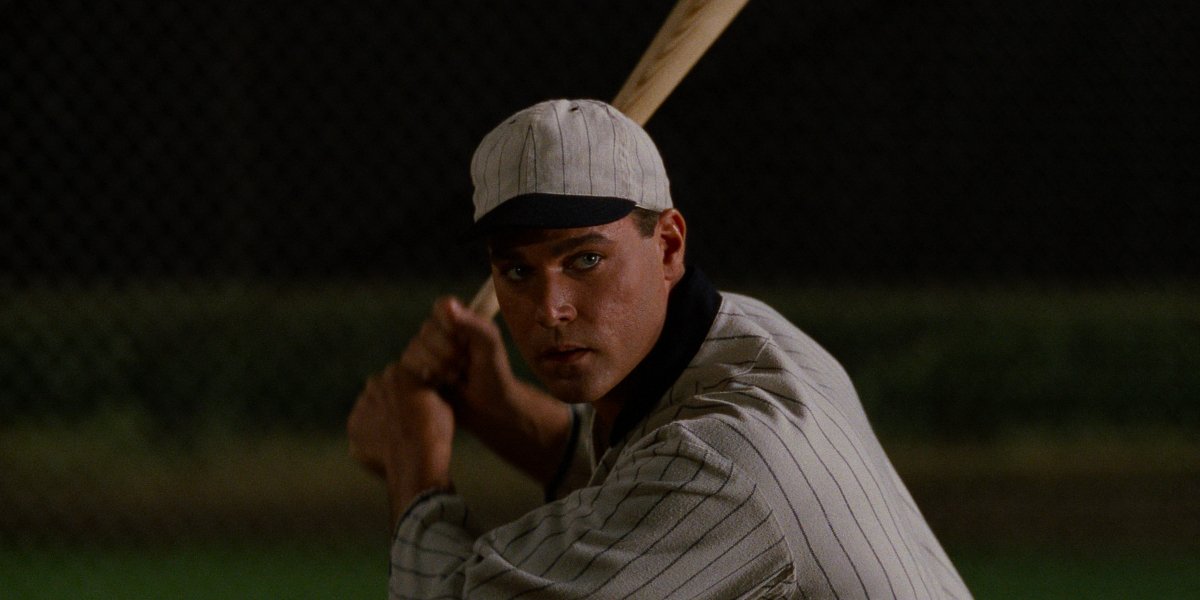
Ray Liotta Actually Hit The Comebacker That Nearly Wiped out Kevin Costner
To prepare for the role of one of the most fearsome hitters of in baseball history, Ray Liotta underwent extensive training ahead of the filming of Field of Dreams, and even though his batting stance wasn’t historically accurate (Shoeless Joe batted left-handed, Liotta batted right-handed), he actually developed a nice swing and presence at the plate. This can be seen upon his first arrival when he nearly wipes out Ray Kinsella (Kevin Costner) with a comebacker (hit directly back to the pitcher). Charles Gordon, again in the From Father to Son documentary, explained that Liotta was the one that hit the ball and Costner’s reaction (although still in character) was genuine.
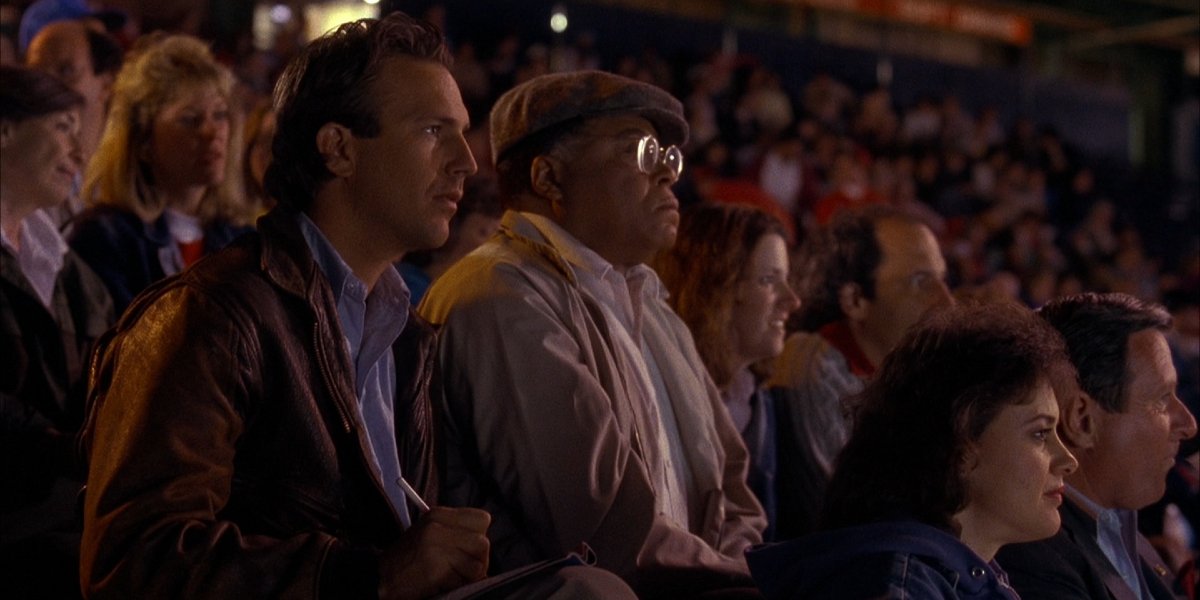
Kevin Costner Is A Great Athlete And Even Hit The Famed ‘Green Monster’ At Fenway Park During Filming
There are multiple Kevin Costner movies where he either plays an aged and rugged professional baseball player or down-on-his-luck yet talented golfer, but this isn’t a case where an actor is only pretending to be an athlete. In the From Father to Son documentary, Field of Dreams director Phil Alden Robinson remembered watching Costner take batting practice at Fenway Park one day when he hit the famed “Green Monster” left field wall at the iconic baseball stadium. And while that’s not the deepest outfield wall in the majors, at 310 feet from home plate, that’s an impressive feat.
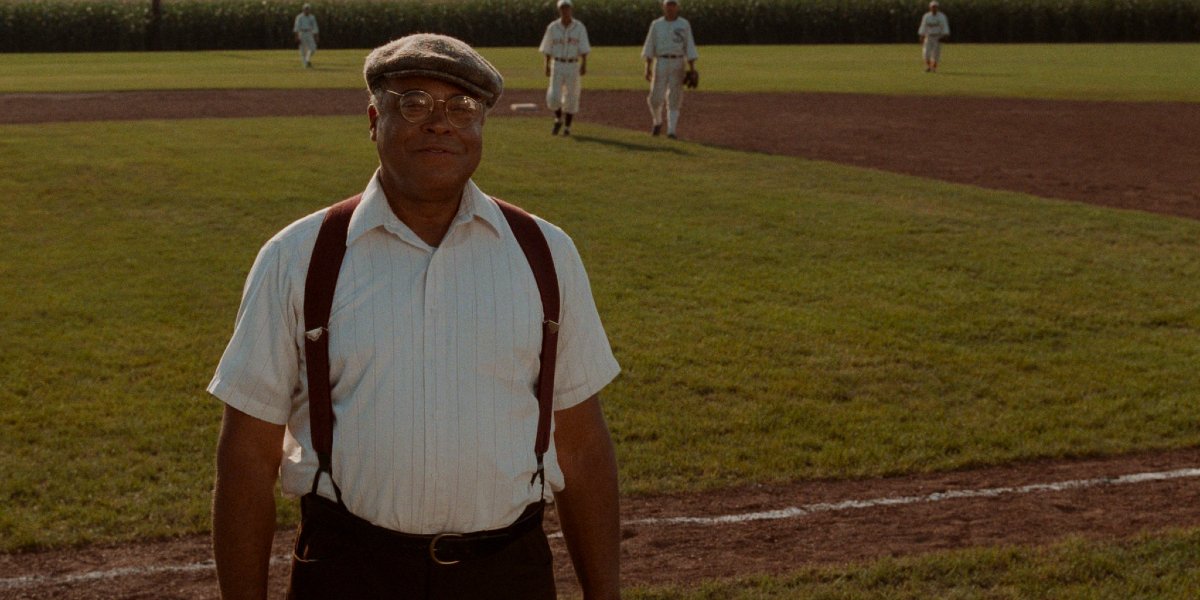
Terence Mann Was Inspired By James Earl Jones Before The Actor Was Approached For The Role
In Shoeless Joe, the Ray Kinsella character kidnaps reclusive writer J.D. Salinger, as opposed to the film’s Terence Mann (James Earl Jones), and this is something director Phil Alden Robinson felt he needed to change to avoid a myriad of issues. In the Bravo special Page to Screen, the Academy Award-nominated screenwriter explained the he struggled a great deal with writing a character that could be loosely based on the author of The Catcher in the Rye before taking a completely different course after watching James Earl Jones on stage:
Your Daily Blend of Entertainment News
I had just seen Fences on Broadway in which James Earl Jones gave one of the most powerful performances I have ever seen in my life. I came out of it saying, ‘That’s a man. He was so strong and so real. I’d like to see Ray have to kidnap James Earl Jones.
Immediately after being blown away by James Earl Jones’ performance in the critically acclaimed stage production, Phil Alden Robinson quickly wrote the new character — Terence Mann — with the legendary actor in mind. All he needed to do was find a way to get Jones to agree to star in the film.
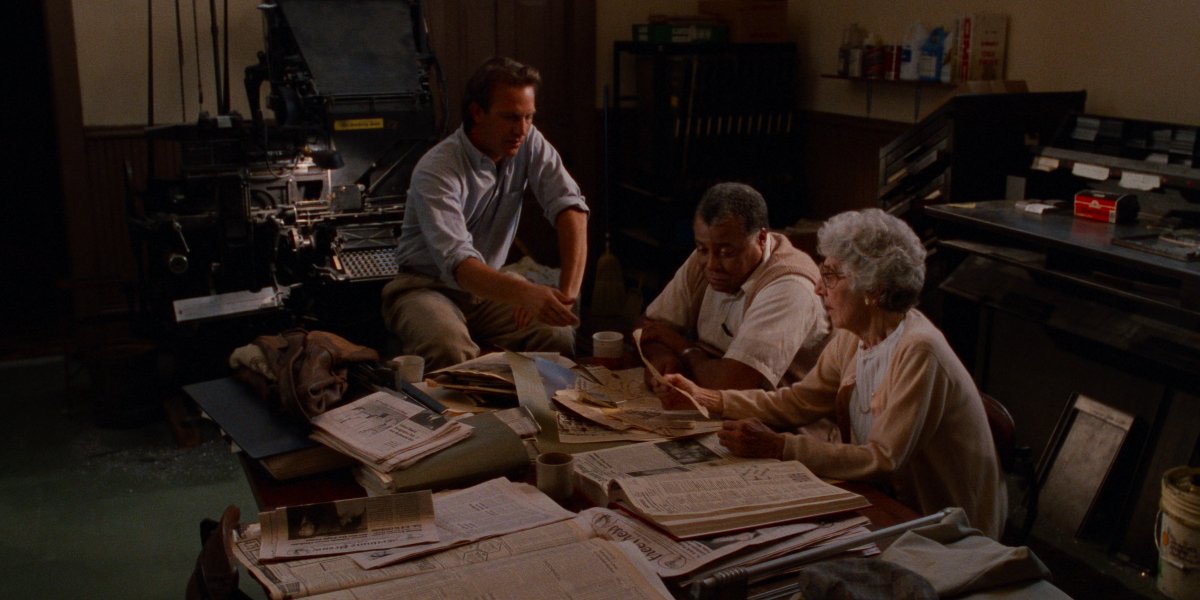
Terence Mann Interviewing Chisholm Residents About Moonlight Graham Was Based On Author W.P. Kinsella’s Actual Visit
Ray Kinsella and Terence Mann’s visit to Chisholm, Minnesota, in Field of Dreams was part of the original novel but the entire visit, including all those interviews with local residents, was based on a trip the novel’s author, W.P. Kinsella took to the quiet Midwestern town when he was first researching the real Archibald “Moonlight” Graham to prepare for the book that would become Shoeless Joe. In the From Father to Son documentary, director Phil Alden Robinson revealed that Kinsella and his wife made the trip after he came across the ball player-turned-doctor who never had an at-bat in the major leagues. On top of that, the obituary read by Anne Seymour’s character was the actual article written about the real Doc Graham upon his death in 1965.
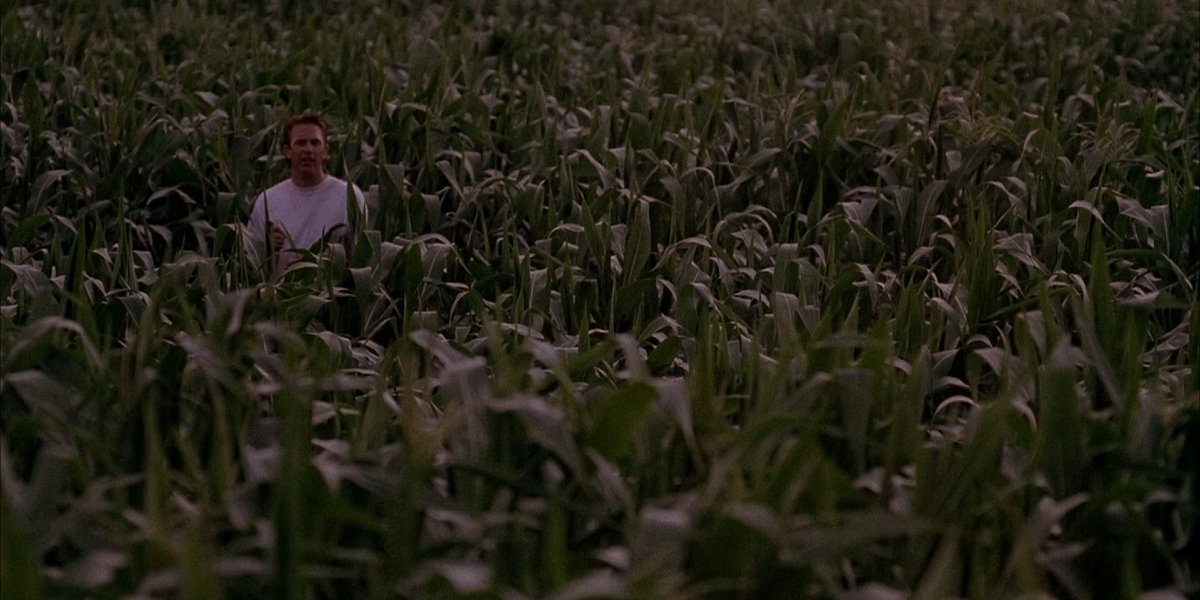
Field Of Dreams Was Shot During The Worst Drought Iowa Had Experienced Since The Dust Bowl
The corn that we see in standing in the field on Ray Kinsella’s farm in Field of Dreams is a real crop that had to be planted months earlier in order to pull off the initial shots of Kevin Costner hearing the voice while walking between rows. And although the corn was planted well in advance, no one had any idea that Iowa would experience the worst drought since the Dust Bowl leading up to the June 20, 1988 start date. In Page to Screen, it was revealed the producers spent $25,000 trucking in water from the nearby Mississippi River to irrigate the crops in the weeks leading up to the start of principal photography.
Luckily, the corn began to grow just before filming was set to get underway but it grew so quickly it created another issue: the stalks were taller than Kevin Costner. To get around this, the production crew built a wooden platform for Costner to walk along in the opening scene.
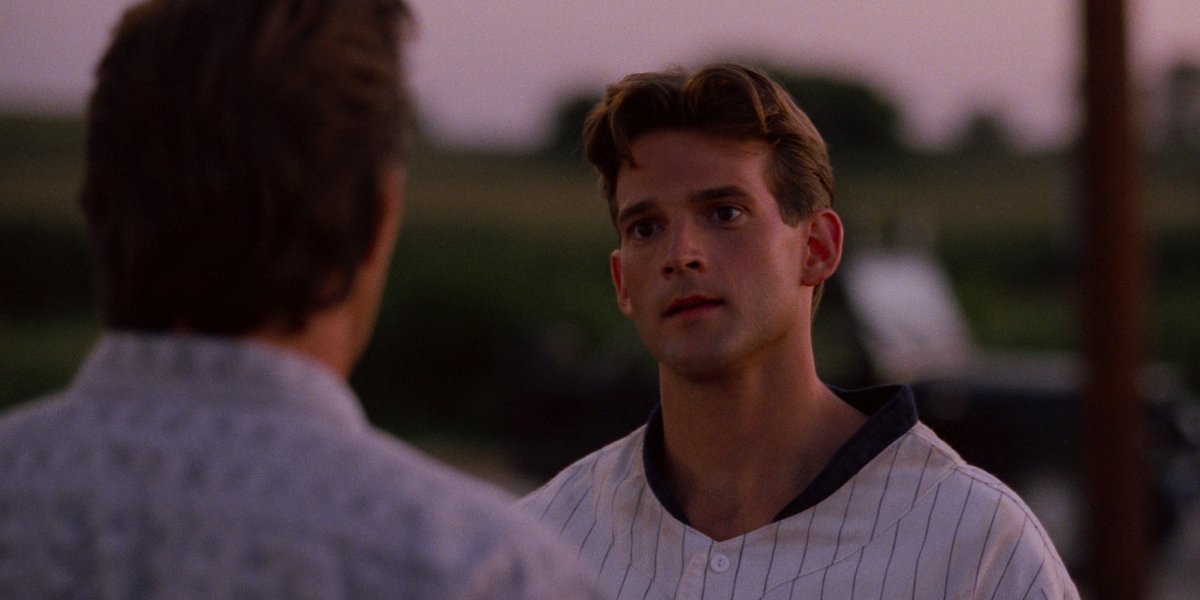
The ‘Hey, Dad’ Line During Ray And John Kinsella’s Catch Was Only Added Following Initial Test Screenings
In the final minutes of Field of Dreams, Ray Kinsella is finally given the opportunity to make amends with his father, John Kinsella (Dwier Brown) though initially neither man vocalizes their relation to one another aside from John almost saying “My father” when introducing the catcher to his wife and daughter. In Page to Screen director Phil Alden Robinson explains that this subtle approach went over the heads of initial test audiences and so he had Kevin Costner add in “Hey, Dad” to Ray’s request to have a game of catch. Following the addition of those two words, the testing screening scores “went through the roof,” according to the director.
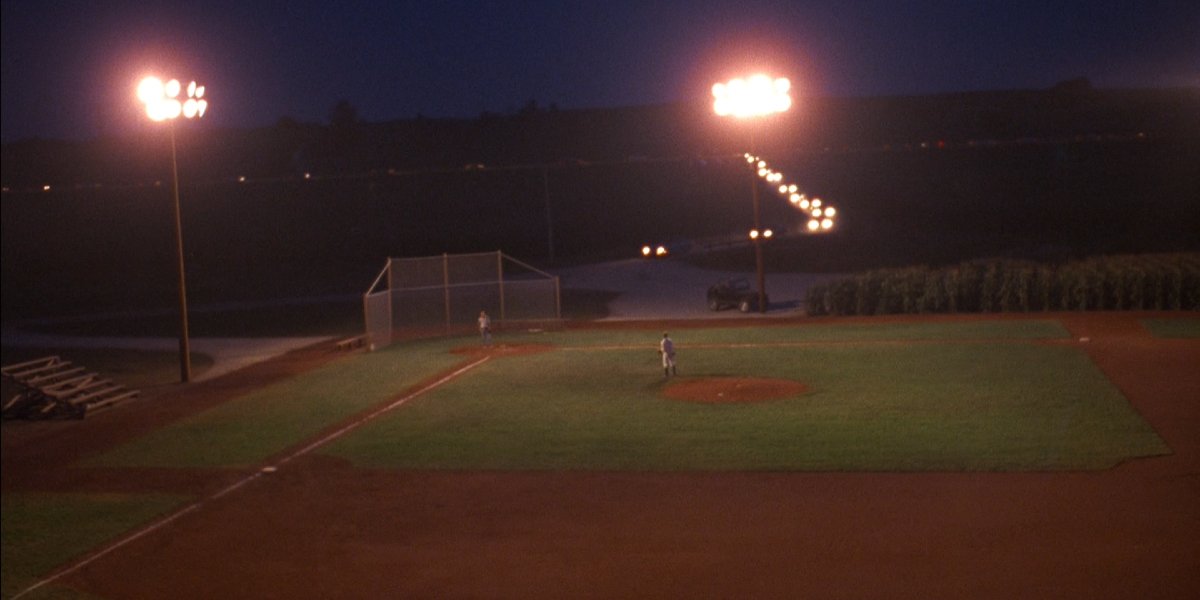
To Pull Off The Iconic Final Shot, A Helicopter, 1,500 Cars And The Blackout Of A Nearby Town Were Needed
As Ray and John Kinsella are finally playing a game of catch in the final moments of Field of Dreams, an endless line of cars can be seen stretching far off into the distance, bringing thousands of strangers together for a shot at some redemption of their own. This iconic shot wasn’t the work of special effects artists or matte painters. In Page to Screen it is revealed that director Phil Alden Robinson and the production crew enlisted the services of a helicopter pilot, 1,500 vehicles, and a complete blackout of the nearby city of Dyserville, Iowa in order to pull off the enchanting visual.
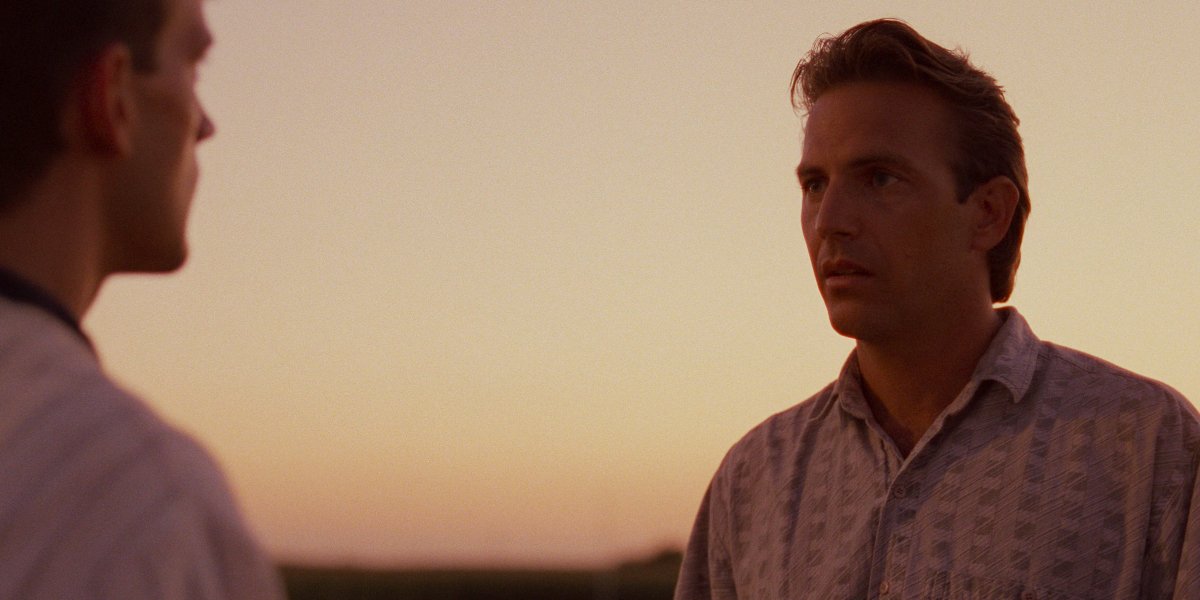
Field Of Dreams Was Changed From Shoeless Joe At The Last Minute But The Switch Put It More In Line With W.P. Kinsella’s Original Title
Throughout the production of Field of Dreams, the film went by the title of W.P. Kinsella’s novel on which it was based: Shoeless Joe. Well, that is until Universal Studios, fearing a movie named after a long-gone and disgraced baseball player would die a quick death at the box office decided to go with the final title instead. In a 1989 Los Angeles Times article about the movie, director Phil Alden Robinson recalled calling Kinsella to break the bad news about the name change, but when the author picked up, he told the filmmaker he didn’t originally intend on naming the book Shoeless Joe and that a publisher changed the original title: The Dream Field.
Those are just some of the behind-the-scenes facts about the iconic baseball and father/son redemption story that is Field of Dreams. With so much heart, dedication, and hard work put into the 1989 timeless classic it's not hard to see why the movie remains so beloved more than 30 years later. If you want to see if any upcoming films will have a similar effect on audiences check out CinemaBlend's updated list of 2021 movie premiere dates. Until then I have to call up my dad and see about "having a catch."

Philip grew up in Louisiana (not New Orleans) before moving to St. Louis after graduating from Louisiana State University-Shreveport. When he's not writing about movies or television, Philip can be found being chased by his three kids, telling his dogs to stop barking at the mailman, or chatting about professional wrestling to his wife. Writing gigs with school newspapers, multiple daily newspapers, and other varied job experiences led him to this point where he actually gets to write about movies, shows, wrestling, and documentaries (which is a huge win in his eyes). If the stars properly align, he will talk about For Love Of The Game being the best baseball movie of all time.
